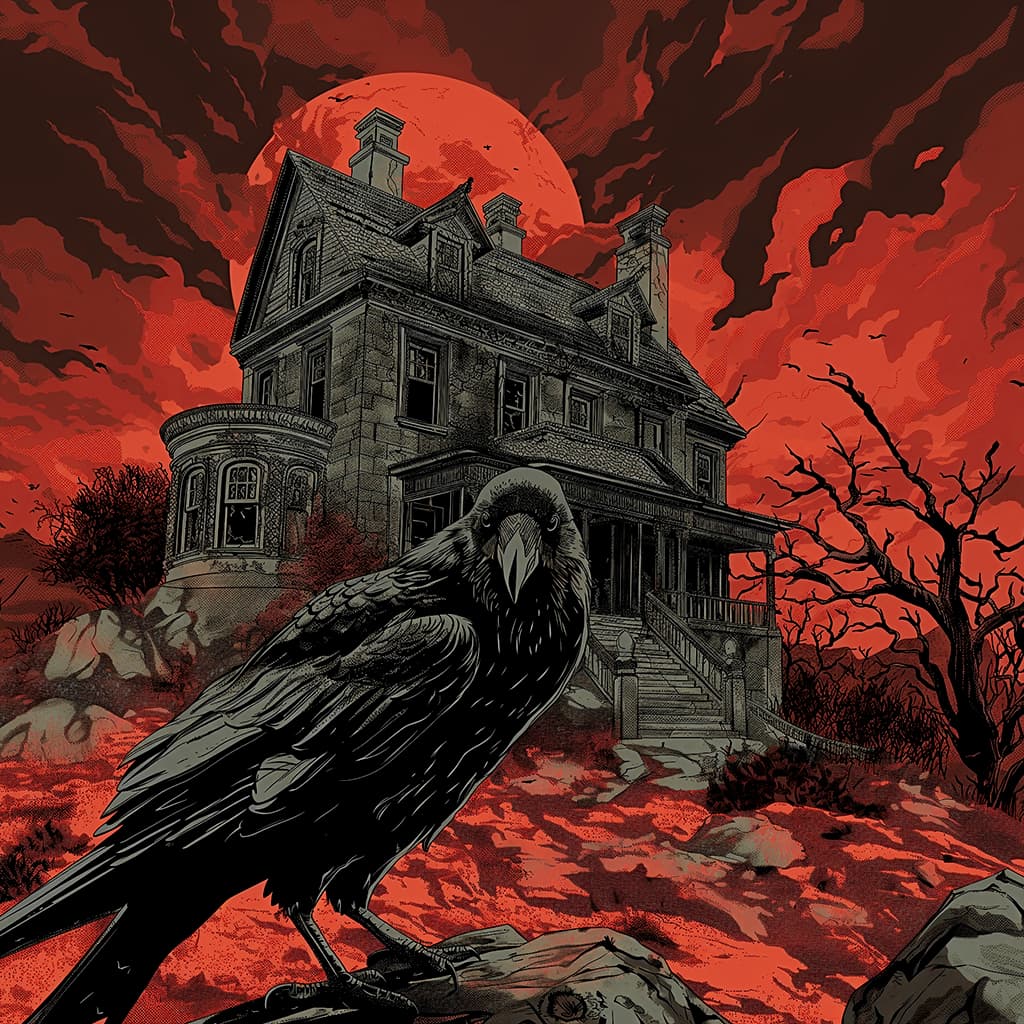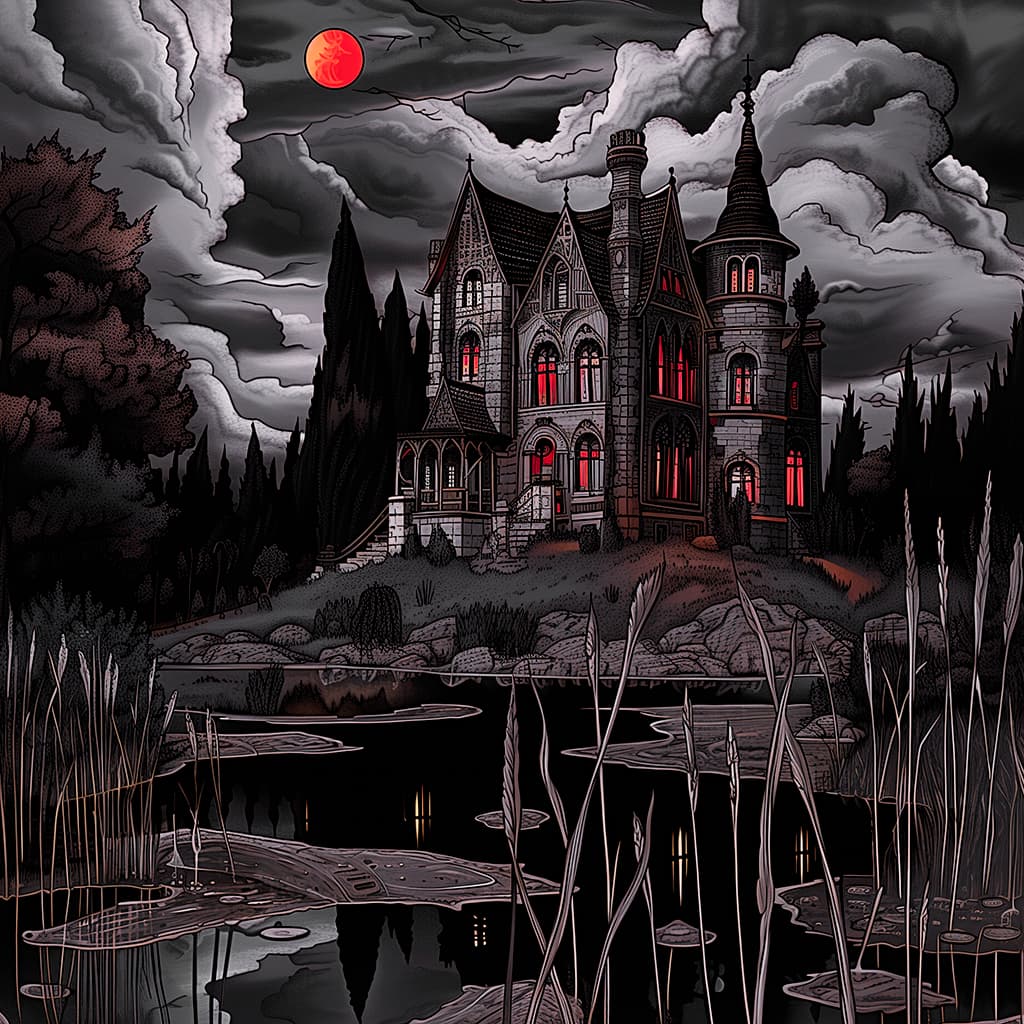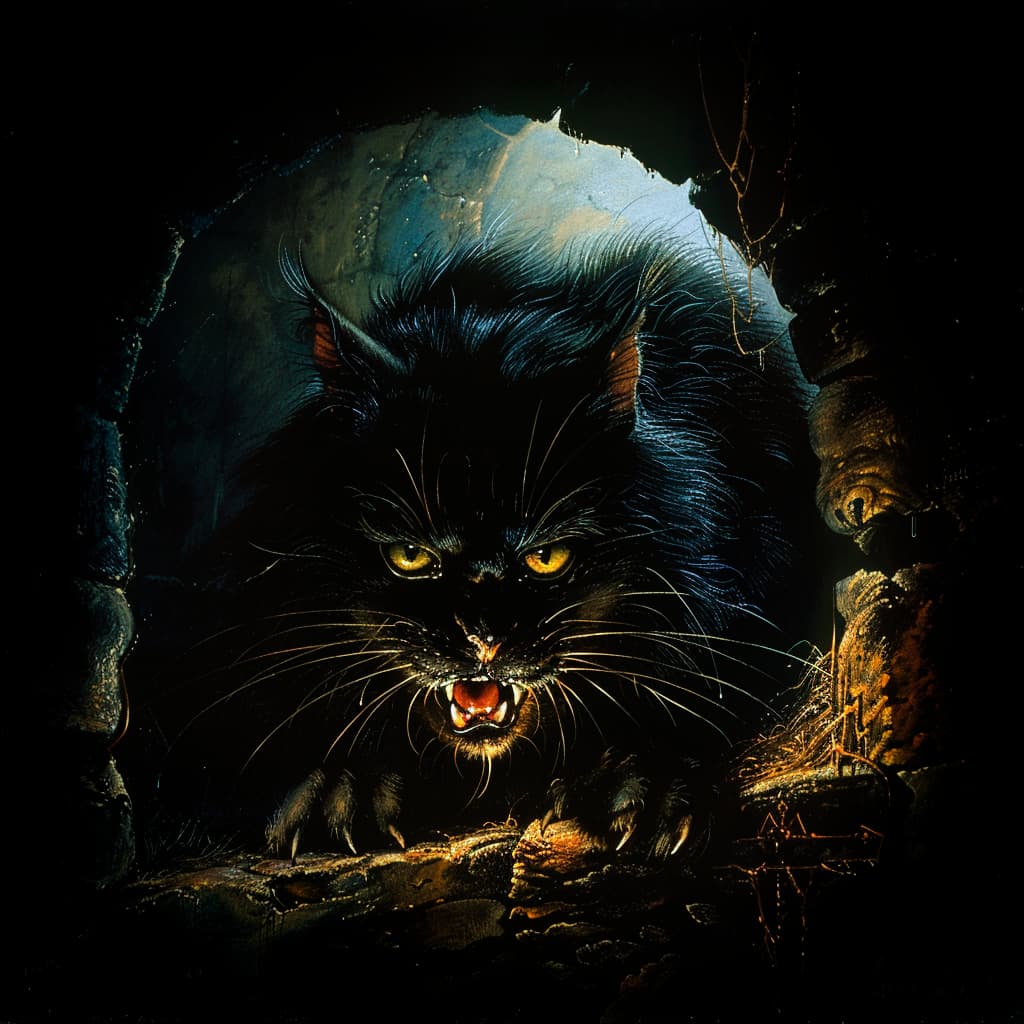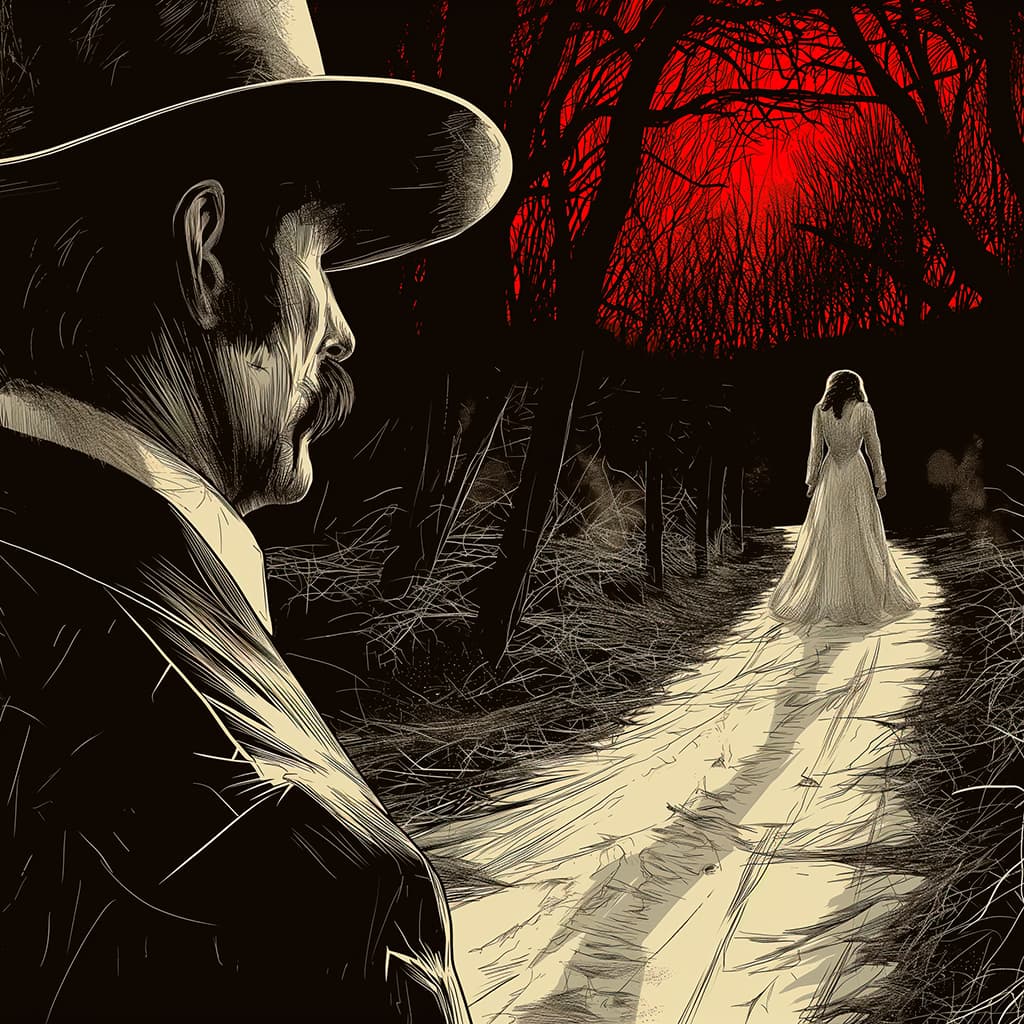Edgar Allan Poe: The black cat
Edgar Allan Poe’s “The Black Cat” is a tale of psychological horror that tells the story of a man who, despite being an animal lover and leading a quiet life, undergoes a drastic change in his behavior due to his growing addiction to alcohol. This change leads him to commit acts of cruelty, particularly against his favorite cat, Pluto. As his character deteriorates, he becomes entangled in disturbing and supernatural events that reflect his internal struggle and progressive loss of humanity. The story, told from the protagonist’s perspective, delves into themes of guilt, madness, and the consequences of acts driven by perversity. With an intensely bleak atmosphere and an increasingly disturbing tone, this tale is an outstanding example of Poe’s ability to explore the darkest corners of the human psyche.





